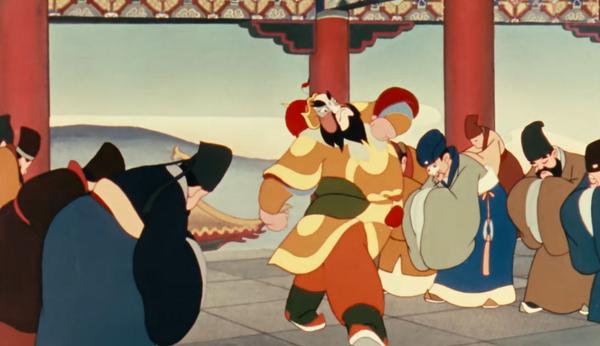The Rise and Evolution of Chinese Animation
Chinese animation has shifted from pursuing Japanese-style success to finding its own path through traditional artistic elements and 3D animation, reflecting a maturing industry that’s establishing its unique identity and market position.

Chinese animation has undergone a remarkable transformation in recent decades, moving away from the constant comparisons to Japanese anime that dominated early discussions. Works like “Monkey King: Hero is Back” and “Ne Zha” were once hailed as breakthrough moments, but the industry has since developed a more nuanced understanding of its trajectory.
The Shanghai Animation Film Studio pioneered what became known as the “Chinese School” of animation in the 1950s. This distinctive style incorporated traditional Chinese art forms like paper cutting, ink painting, and puppetry. The 1956 film “The Proud General” exemplified this approach, featuring Beijing opera facial designs and traditional Chinese landscape painting techniques for scene transitions.
Modern Chinese animation has found particular success in the 3D animation sector. Rather than competing directly with Japanese anime, Chinese studios have carved out their own niche, creating content that resonates with both domestic and international audiences. This strategic pivot has allowed the industry to develop without the burden of constant comparison to foreign competitors.
The current state of Chinese animation reflects a more mature market understanding. Studios have diversified their focus across different segments: adapting popular novels, creating commercial animated films, developing game-related content, and producing children’s entertainment. This practical approach has created a more sustainable industry ecosystem.
Yet challenges remain. While technical quality has improved significantly, story development continues to be an area requiring growth. The industry faces regulatory hurdles and market pressures that can impact creative freedom. However, these constraints have also pushed creators to find innovative solutions within established boundaries.
The emergence of streaming platforms and new media has changed audience expectations and consumption patterns. Today’s viewers, particularly younger generations, have grown up with diverse entertainment options and don’t necessarily measure Chinese animation against foreign benchmarks. This shift in perspective has allowed the industry to develop more organically.
Looking forward, the focus has moved beyond simplistic narratives of “rising” or “catching up” to more sustainable, long-term development. The success of works like “The Legend of Qin” and “White Snake” demonstrates that Chinese animation can achieve both commercial success and artistic merit while maintaining cultural authenticity.
Rather than chasing the ephemeral goal of “rising,” the industry appears to be pursuing a more measured path of steady improvement and market expansion. This approach, while less headline-grabbing, may ultimately prove more sustainable for the long-term development of Chinese animation.